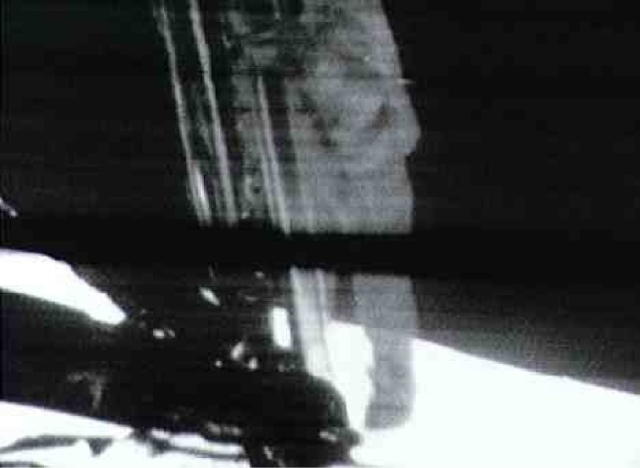Helping colleagues with their presentations is a privilege. Rather than telling what to do, I usually direct them to Garr Reynold’s helpful pdf, suggest they buy at least one of his books and probably one by Nancy Duarte. Then, working from that I encourage them to re-work their original. All that takes time and, as previously mentioned, time is often the greatest enemy of a good presentation.
The improved presentation that we review reveals both an interpretation of new ideas and evidence of “essential truths” that people have gleaned from their experience of presentations. The latter intrigue as these are the issues that need to be addressed to free people from their enslavement to bulletpoints, backgrounds, templates, clip art, pie charts and pointless annotation. Values are held dear, often without understanding, and make change difficult even in the face of example and evidence.
Change is always hard. Changing presentation style has additional challenges as it is central to an already stressful experience where presenters hold to techniques, ideas, laser pointers and podia as a frightened child clings to his blanky. It involves stepping outside of the crowd, stopping conforming and taking risks all at the time of personal exposure.
In the same way no one can force you to change your hairstyle, stop wearing non matching socks, get a tattoo or wear more make up so we have to accept that changing presentation style is, for many, a giant leap. We need to model good technique, support those who look to make the changes and encourage those who do so that they see that some giant leaps are not as big as they seem.

I agree with your piece and encounter people stuck in convention regularly.
Convention is a BIG problem, often bigger than the desire of the presenter to change. I am grateful to folks who have made the change and then written guest blogs.
what tips do you have for addressing this (without us buying your book)
The easiest cure is to convince “top management” of the efficacy of change. If they buy in and promote the idea, we can create real change in an organization. With individuals, I use a combination of storytelling and modeling the behavior I want them to emulate. If people believe change is not only possible, but that it will be to their personal benefit, they’ll give it a try. This has to be supported with examples of defying convention and creating excellence. It works.
BTW, I’m also a big fan of Garr Reynolds.
Pingback: One small step, one giant leap. - p cubed presentations